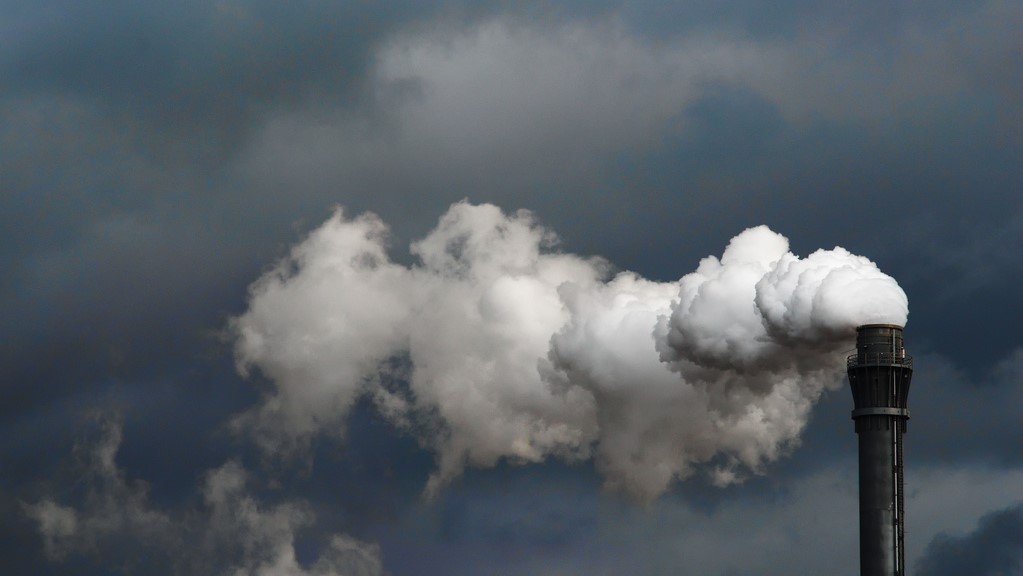Greenhouse gas concentrations in atmosphere hit record high

October 31st, 2017
The concentration of carbon dioxide in the atmosphere has soared to the highest levels in 800,000 years, the World Meteorological Organisation (WMO) had said.
The report found that greenhouse gases (GHG) concentrations have surged to hit record-breaking levels in 2016 due to unprecedented atmospheric changes in the past 70 years.
Since 1990, all long-lived GHGs have contributed to a 40 per cent increase in total radiative forcing, which is the warming effect on our climate.
The US National Oceanic and Atmospheric Administration recorded a 2.5 per cent increase from 2015 to 2016 alone.
The rate of increase of atmospheric CO2 over the past 70 years is nearly 100 times larger than that at the end of the last ice age.
The report states that the changes in the atmosphere caused by the likes of GHGs such as CO2 and methane are responsible causing “severe ecological and economic disruptions”.
WMO Secretary-General, Petteri Taalas warned that unless we reduce our emissions, future generations will “inherit a much more inhospitable planet”.

Industrial Emissions Photo: Dirk Duckhorn
Combination of Factors
A combination of human activities and a strong El Niño have been identified as the main source for this sharp increase.
El Niño triggered droughts in tropical regions and reduced the capacity of carbon sinks such as forests, vegetation, and the oceans to absorb CO2.
According to leading climate scientist, Professor John Sweeney, the fact that GHG concentrations continue to increase despite a slowdown in emissions indicates that the “defense mechanisms of absorption” in the ocean and removal by plants may “no longer be as effective as previously”.
Speaking to The Green News, Prof Sweeney explained that another reason for the increase in greenhouse gas concentrations may be down to a failure to “attribute proper global warming coefficients to gases which may ultimately end up as CO2”.
Methane Levels
Atmospheric methane has also hit a new record high, of about 1,853 parts per billion (ppb) in 2016 and is now 257 per cent above pre-industrial levels.
Methane (CH4) is the second most important long-lived greenhouse gas and contributes about 17 per cent of radiative forcing.
According to the WMO report, approximately 40 per cent of methane is emitted into the atmosphere by natural sources such as wetlands and termites, with the remainder coming from human activities such as cattle breeding and the use of biomass.
According to Teagasc, agriculture accounts for 85 per cent of all methane emissions in Ireland due to the heavy reliance on cattle and sheep livestock production in the Irish agricultural industry.
According to Prof Sweeney, the “sad lesson” is that while some countries take action to reduce emissions further, others countries such as Ireland are “projecting to increase the burden they impose on the rest of humanity”.
“Will Irish negotiators to the forthcoming Bonn conference be instructed to seek maximum concessions for Ireland as usual? Or will we see some enlightened leadership from our politicians in the form of making new commitments to abandon some of the ‘indulgences’ we have been negotiating for and accept individual Ireland’s responsibilities for making things worse?” he added.
[x_author title=”About the Author”]







